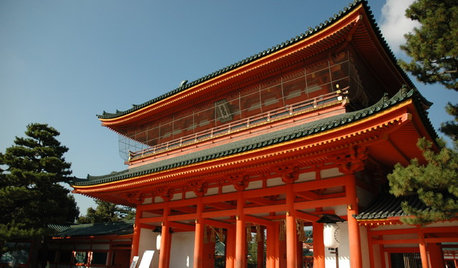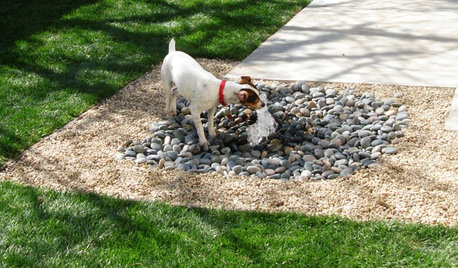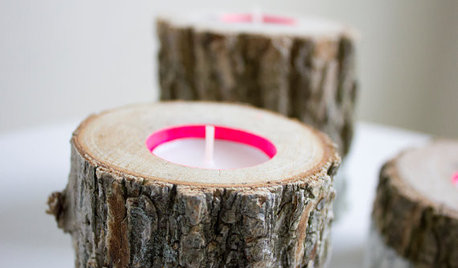roundup for removing hosetail
lazygardener
17 years ago
Related Stories

SMALL SPACES10 Tiny Kitchens Whose Usefulness You Won't Believe
Ingenious solutions from simple tricks to high design make this roundup of small kitchens an inspiring sight to see
Full Story
SELLING YOUR HOUSEYour Home-Selling Guide for a Faster and Better Sale
Learn staging and curb appeal tricks, how to get the best photos and more in this roundup focusing on high-impact house-selling strategies
Full Story
RUSTIC STYLEHow to Outfit a Classic Farmhouse
You could research farmhouse decorating choices until the cows come home. Or you could just check out our hand-picked roundup here
Full Story
CITY GUIDESTravel Guide: Kyoto, Japan, for Design Lovers
Experience ancient traditions and modern expressions in this design-minded roundup of sights, hotels, shops and restaurants
Full Story
PETSHere’s How to Show Your Pet Even More Love
February 20 is Love Your Pet Day. Find all the ideas and inspiration you need to celebrate right here
Full Story
PRODUCT PICKSGuest Picks: Have a Spot of Tea Lights
Set your home aglow with these pretty, rustic, modern and creative tea lights and holders
Full Story
LIFEHard Winter? 9 Ways to Battle Cabin Fever
We know a lot of you are trapped where it just won’t stop snowing. Here are some ways to survive
Full Story

BATHROOM DESIGN18 Sumptuous Vanities for Singular Bathrooms
Uncommonly beautiful or dazzlingly detailed, these dream vanities bring a rarefied air to bathrooms
Full Story
PRODUCT PICKSGuest Picks: Blue and White and Right All Over
Go for a timeless summer color pairing that travels from classic to bohemian without missing a beat
Full Story




Embothrium
flowerfan2
Related Discussions
Removal of crabgrass after RoundUp
Q
Weird Rose Growth. RRD or Round-up?
Q
Can I round-up a euonymus stump and replant?
Q
Roundup? Really?
Q
Embothrium
morz8 - Washington Coast
mdvaden_of_oregon
mdvaden_of_oregon
lilydude
lazygardenerOriginal Author
morz8 - Washington Coast
gardengal48 (PNW Z8/9)
morz8 - Washington Coast
lazygardenerOriginal Author
zzepherdogg
mdvaden_of_oregon
mdvaden_of_oregon
gardengal48 (PNW Z8/9)
lilydude
mdvaden_of_oregon
mdvaden_of_oregon
lazygardenerOriginal Author
mdvaden_of_oregon
annukka
dottyinduncan
gardengal48 (PNW Z8/9)
annukka
JAYK
lazygardenerOriginal Author
mdvaden_of_oregon
mdvaden_of_oregon
ljrmiller
Embothrium
lazygardenerOriginal Author
angiekantola
lazygardenerOriginal Author